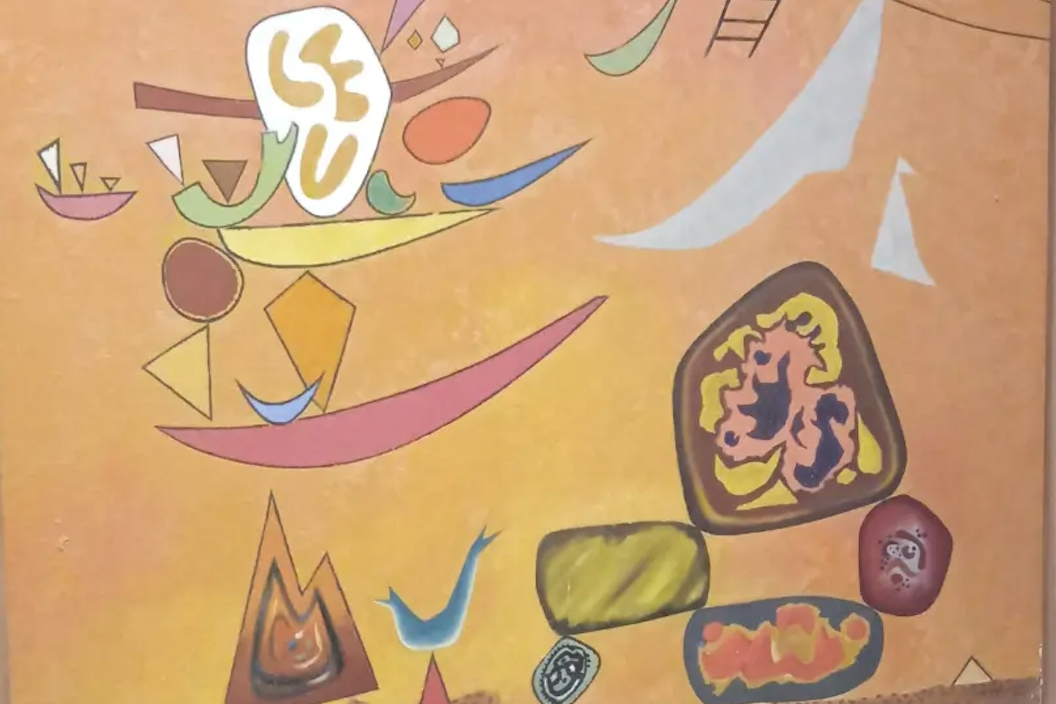Imagine migrating to a land you don’t know the language of. This is the reality that millions of Italians have faced when they moved to the United States after the unification of Italy, in 1861, and on.
“Ticketta” said the Italian man on American soil to refer to ticket.
This is an example that Filomena Fuduli Sorrentino, language teacher at Newburgh ESCD and adjunct professor at universities, uses when explaining me the roots, development and loss of the Italian-American language.
With Calabrian blood, Sorrentino moved to Long Island, NY, in 1982 and has been living there ever since. She falls into the category of immigrants, who moved to the States without knowing the language at first.
“That was the biggest challenge,” she writes.
Though, “I had the privilege to be surrounded by family members who made me feel comfortable because they spoke Italian,” writes Sorrentino. She goes on describing the language barriers that were sometimes present in her own Italian-American family.
She is driven to the memory of the oldest of three aunts, when she spoke Italian. “It was a pleasure to listen to her because her dialect was rich in terms that today are not used anymore by the people in Calabria,” Sorrentino writes.
She goes on remembering her aunt’s children having a hard time holding a conversation in Italian with her. They were born in America and had a limited knowledge of Italian.
This is the process that gradually affected most Italian-American families. For survival reasons, the migrating groups started to develop their own mixed language by using words such as “ticketta.” Not only with Americans, but also Italians and as a result, they lost their native Italian language and gave life to Pidgin.
What is Pidgin?
The Italian-American language is Pidgin, a mixed language that varies according to the speakers’ age, generation, education, and their social inclusion or neighborhood which they lived and worked in. The code is characterized by the influence of English in the lexicon, Italian structure, or regional dialect. Since English is the strongest language, or ‘lessificatrice’, the words are created with English roots and Italian suffixes. Normally, the grafting of a consonant and vowel are at the end of the English word. Some examples are: Drivare for to drive, splittare for to split, switchare for to switch, mecciare for to match, quittare for to quit, parcare for to park, and many more. These English-Italian coded words helped the two groups to communicate.

Is the Italian-American language still used today? If so, where? And if not, what happened?
Today’s Italian-Americans are fluent in English because they acquire the language on the workplace, or by listening to their children throughout the years. They are integrated into the American society and the younger Italian generations studied the language at school. Therefore the Italian-American language is hardly used today. There are very few older Italian people with limited linguistic experience in the Italian-American community and most terms have disappeared. Italians, who came to New York 20-25 years ago, know English because they studied it in Italy, which is opposite to those who came 50-60 years ago and had little knowledge of it. In addition, areas like Brooklyn, Ridgewood, Bronx, and Queens, that used to have a big Italian community are now mainly Latin. As a result, the few Italians left in these neighborhoods speak “Italo-spanglish,” or a mixture of coded Italian-English and Italian-Spanish, which is a more complex Pidgin language.
As a language professor, what do you think is the best way for students to learn a foreign language embracing not only the linguistic code, but also the culture behind it?
Language cannot be separated from its culture, as culture is incorporated into the language. The communicative method is the best approach to teach and to learn a language. However, it is important to incorporate the four learning skills into the lessons: reading, writing, listening and speaking. When we learn a language we don’t only acquire new words but also its culture. Students cannot have reading, or listening comprehension, if they don’t know the culture. There are students, who decide to learn a language based on their interest for the culture. Still, this aspect could also lead to some students stop learning the language because they don’t feel connected to its culture. Another challenge for students to face when learning a new language is to become familiar with the connotation of words and phrases because of the different idiomatic expressions.
After all the years spent in the U.S. and the stories of immigrants you have heard, which one based on language barrier has moved you the most? And why?
Back in the days most Italians, who moved to New York and the United States, mostly came from the countryside, or rural areas, of regions such as Campania, Abruzzo, Molise, Basilicata, Puglia, Calabria, and Sicilia. Instead of speaking standard Italian, they spoke regional dialects. This led to some difficulties for Italians to understand each other. One of the language barriers that moved me the most was to see grandparents getting older without learning English and be able to communicate with their grandchildren. Italian immigrants worked hard to put food on the table, buy a house, open a business and send their children to college. They had very little time for themselves and by the third generation, they felt isolated because they weren’t able to speak English and communicate with their children and grandchildren, who spoke English and were integrated into the American culture.
In an article published on La Voce di New York you wrote that most stereotypes, that both Italians living in Italy and abroad are labeled with, are based on the spoken language. Can you indicate a few examples?
In that article I conclude by saying that language is our identity and we are valued according to the words we use. If we are articulated and know more than one language, we are admired and respected. It is a fact that people, who don’t speak correctly, can be victims of stereotype and prejudice. Italian people have been labeled, in Italy and abroad, in many different ways because of their spoken language. Stereotypes and prejudice are false beliefs based on generalizations. Italy is a multilingual country where every region has its own language, or dialect.
The Italian language began to spread throughout the peninsula when young people migrated from the countryside to cities, from the South to the North and also thanks to radio, television and press that allowed Italian to be spoken widely. Though, Italy was unified only after 1860. During the 50’s and 60’s Italians, who migrated from the South to the North of Italy, weren’t confident speaking standard Italian and they would have been referred to as ‘terroni’ from Northern Italians. The term comes from a noun, which is formed by terra, Italian for land, and is also associated with negative personal characteristics such as a ‘rude’ or ‘ignorant’. Many Italian-Americans were discriminated against on their jobs because of their Italian, Brooklyn accent, tone of voice, or body language.
What do you think about the integration of a language into another? Considering for example the influence that English has in the everyday Italian language that is spoken in Italy, do you see this change as positive, or negative?
As years go by, languages change though. This could both enrich as well as impoverish one’s vocabulary. The Italian language has been changing as much as others. Though, it can be said that the American culture is pretty dominant in today’s Italian generation. The Italian language is beautiful but lately we read a lot about the disproportionate and unjustified use of English words among the younger Italian generation. Not only is this phenomenon about the language, but also about the social behavior of young Italians.































